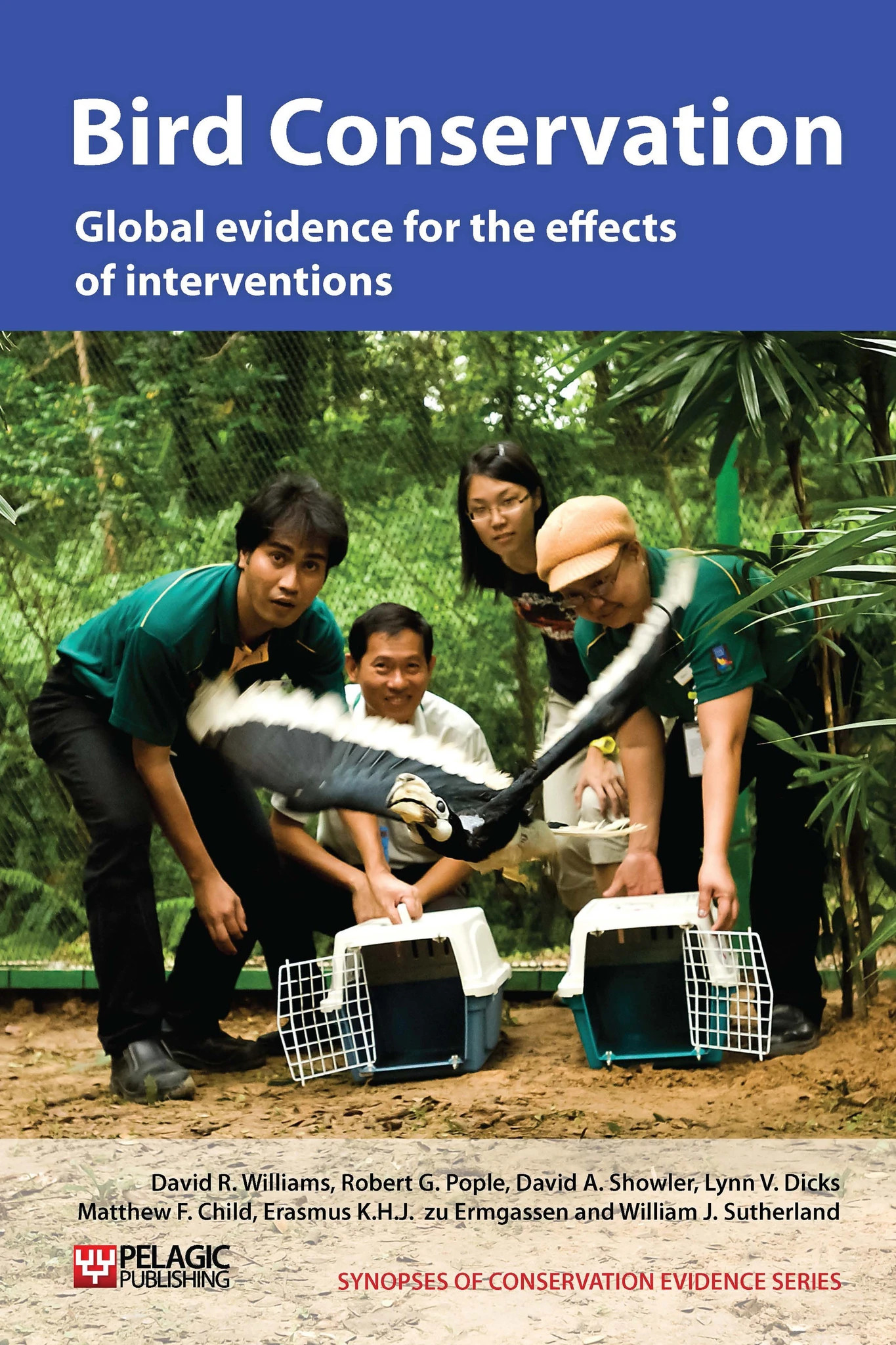Use repellents on baits for predator control
-
Overall effectiveness category Unknown effectiveness (limited evidence)
-
Number of studies: 2
View assessment score
Hide assessment score
How is the evidence assessed?
-
Effectiveness
10% -
Certainty
10% -
Harms
not assessed
Study locations
Supporting evidence from individual studies
A replicated, randomised and controlled, ex situ experiment (Nicholls 2000) found that on three of four test days, 33 captive American kestrels Falco sparverius were no less likely to choose to consume chicks with feeding repellent (dead day-old chicks treated with either methyl anthanilate or aminoacetophenone) compared to untreated chicks. Kestrels fed on treated chicks consumed less over the study (with fewer methyl anthanilate-treated chicks consumed), but not to the point of losing body condition (body weights were similar across treatments). Treating chicks with repellents did not affect consumption in comparison to dyeing them blue or green (see ‘Use coloured baits to reduce accidental mortality during predator control’). This study is also discussed in ‘Use aversive conditioning to reduce nest predation’.
Study and other actions testedA replicated, randomised and controlled experiment on Tiritiri Matangi Island, North Island, New Zealand in June 2000 (Day et al. 2003) found that wild North Island robins Petroica australis longipes pecked significantly less at dough baits treated with (either sprayed with or dipped in) a combination of green dye, pulegone and Avex™ (two avian repellents) than at control baits containing green dye and cinnamon. In addition, rate of pecking at treated baits declined over time (sprayed baits: 5 pecks on first day, 4 on second day, 2 on third day vs. 9.5, 10 and 9.5 pecks for control baits, n = 17 birds; dipped baits: 1.5 pecks on first day, 0.5 pecks on second, 0.25 on third, zero pecks on fourth vs. 6, 5, 3 and 3.25 for control baits, n = 21 birds).
Study and other actions tested
Where has this evidence come from?
List of journals searched by synopsis
All the journals searched for all synopses
This Action forms part of the Action Synopsis:
Bird Conservation
Bird Conservation - Published 2013
Bird Synopsis





)_2023.JPG)














